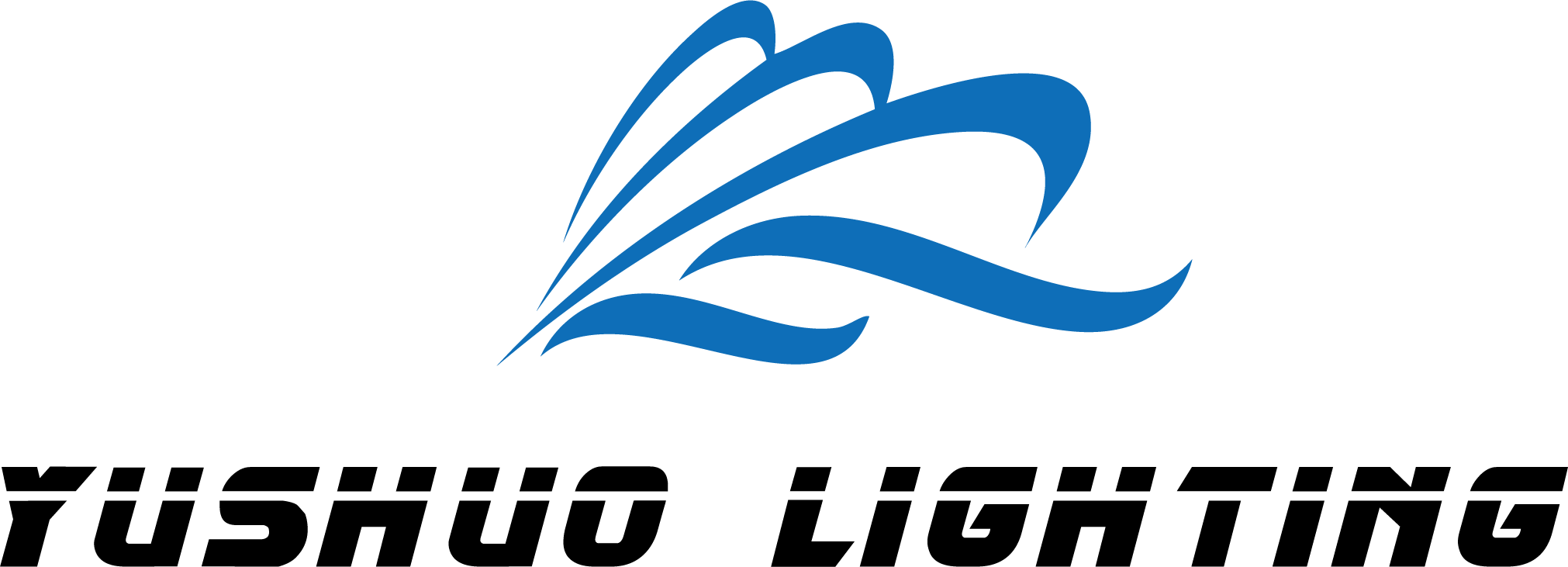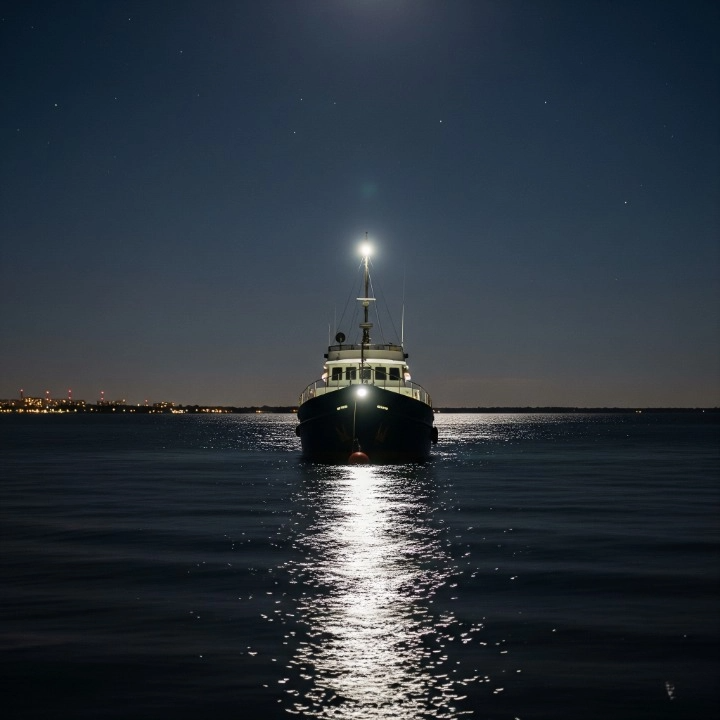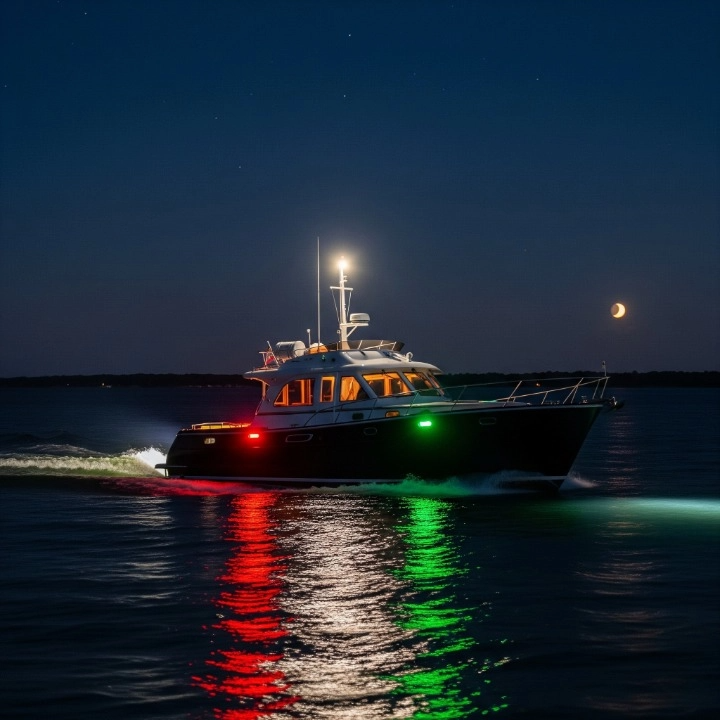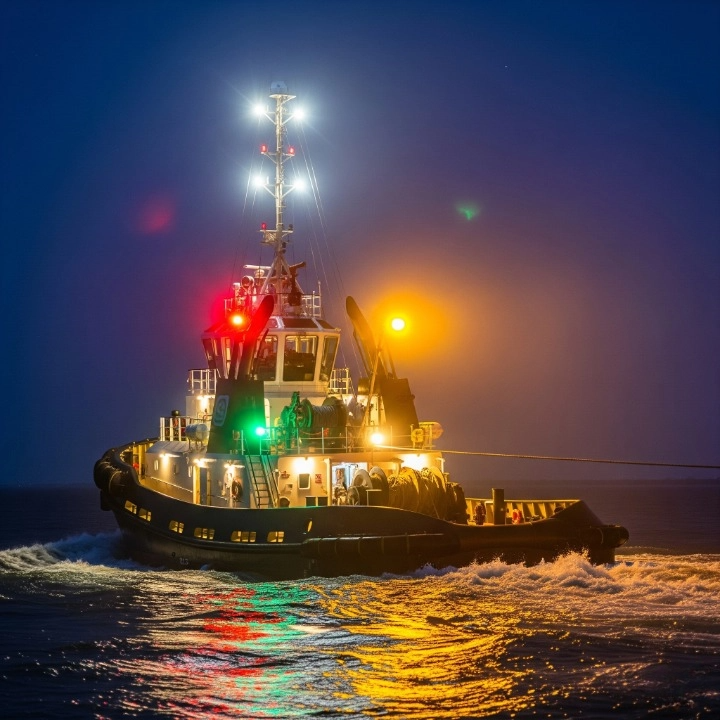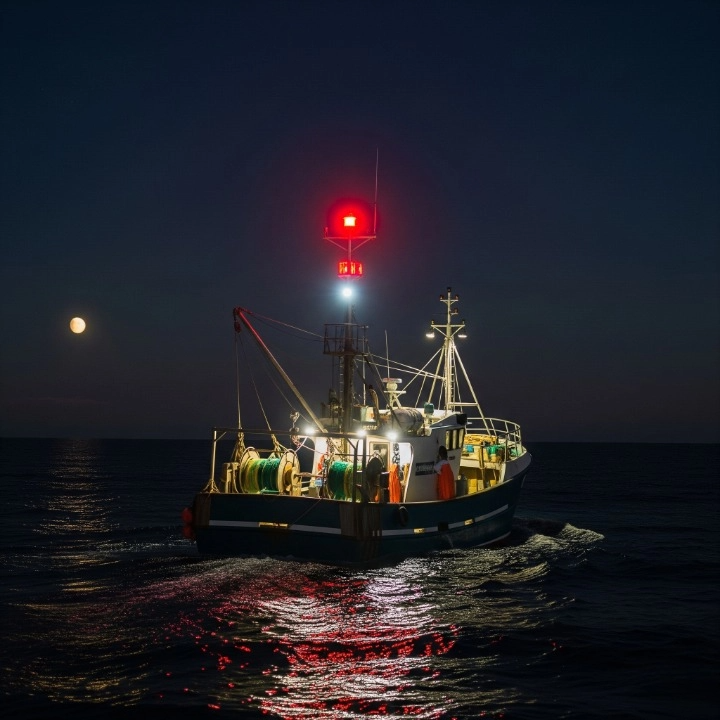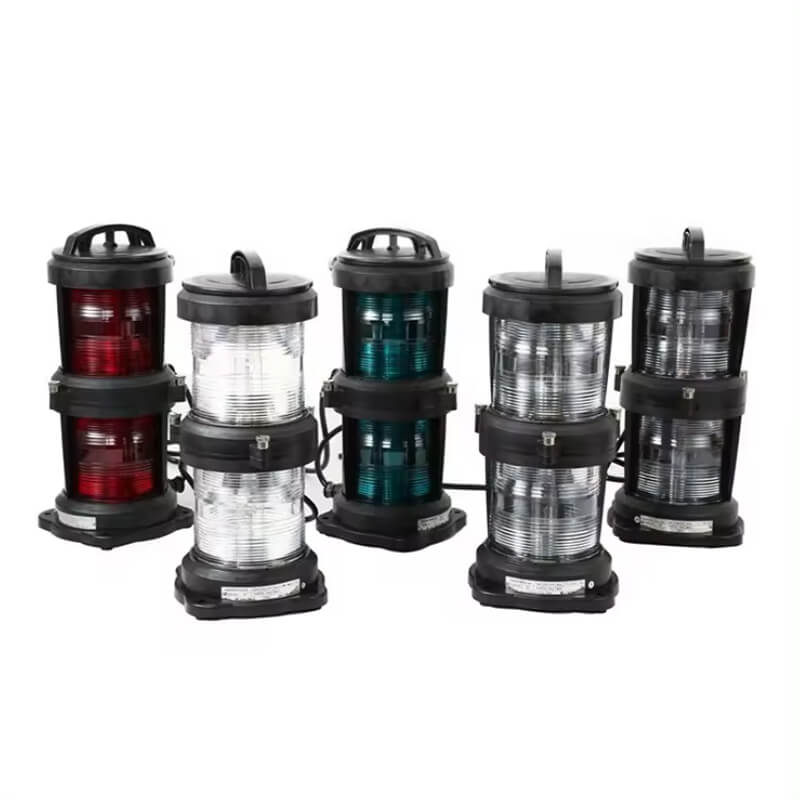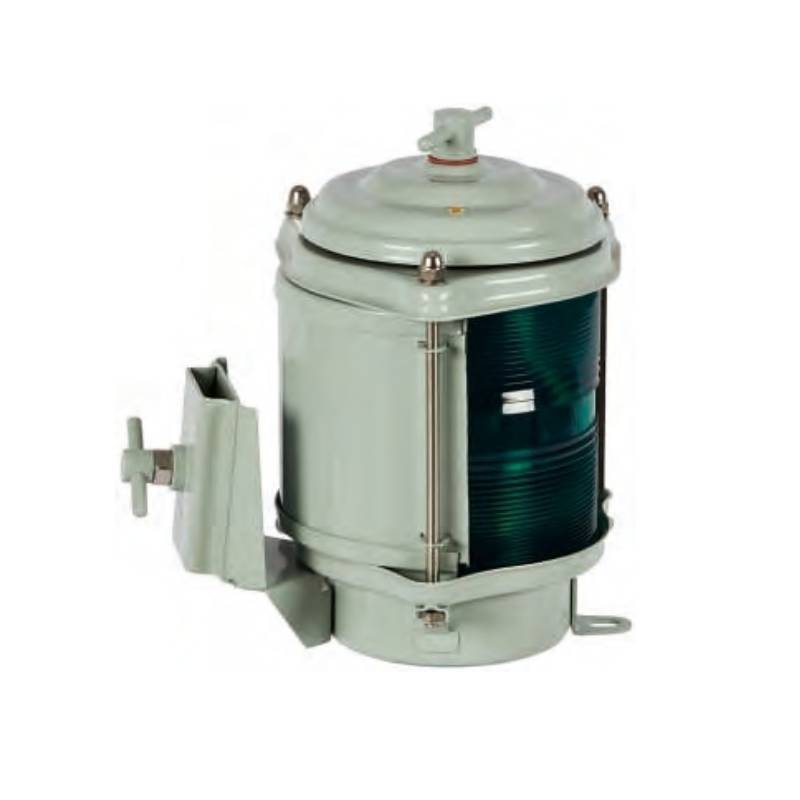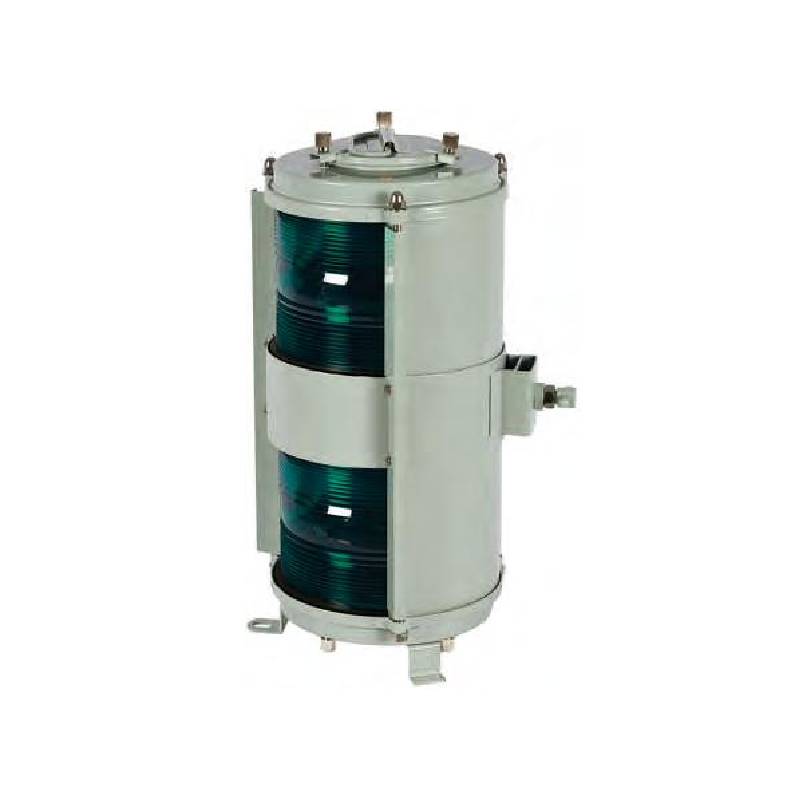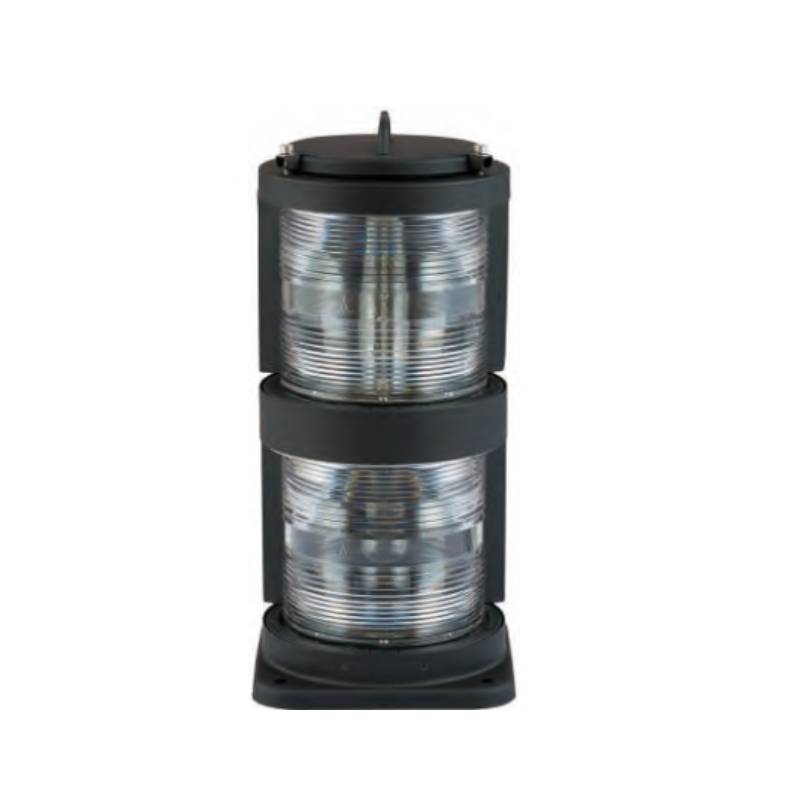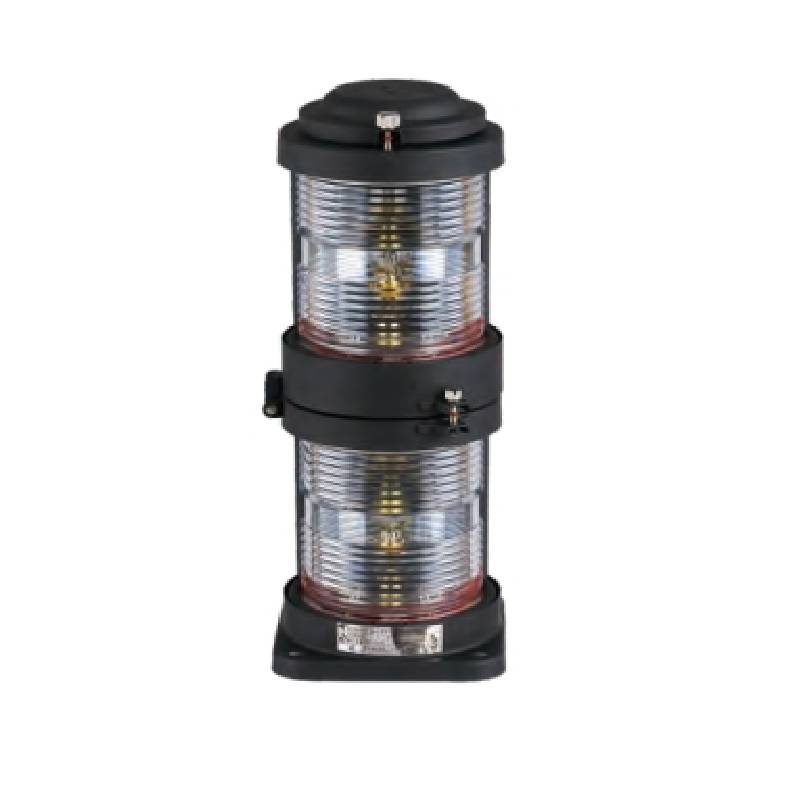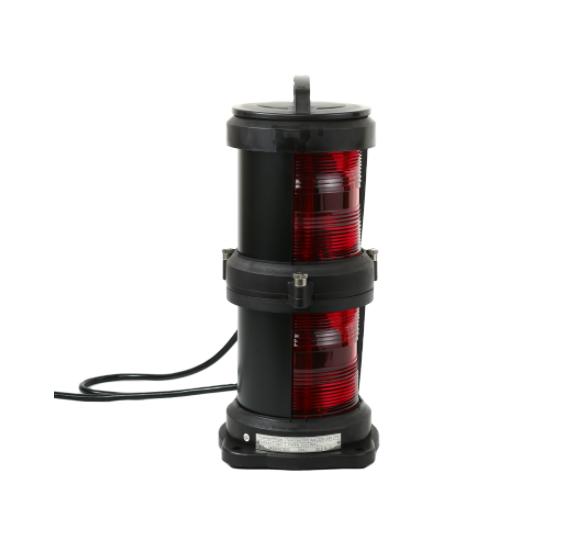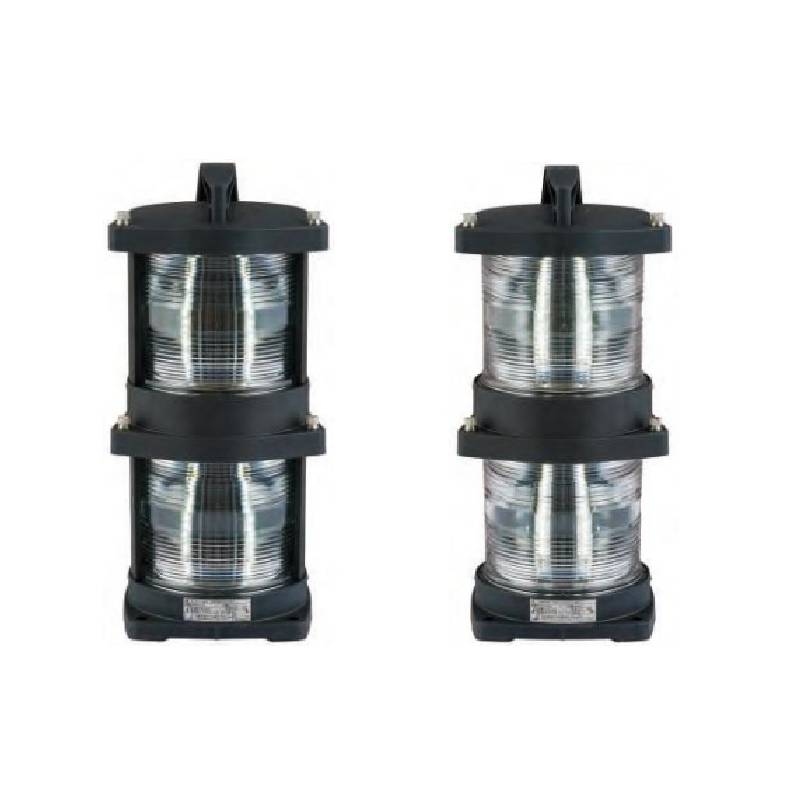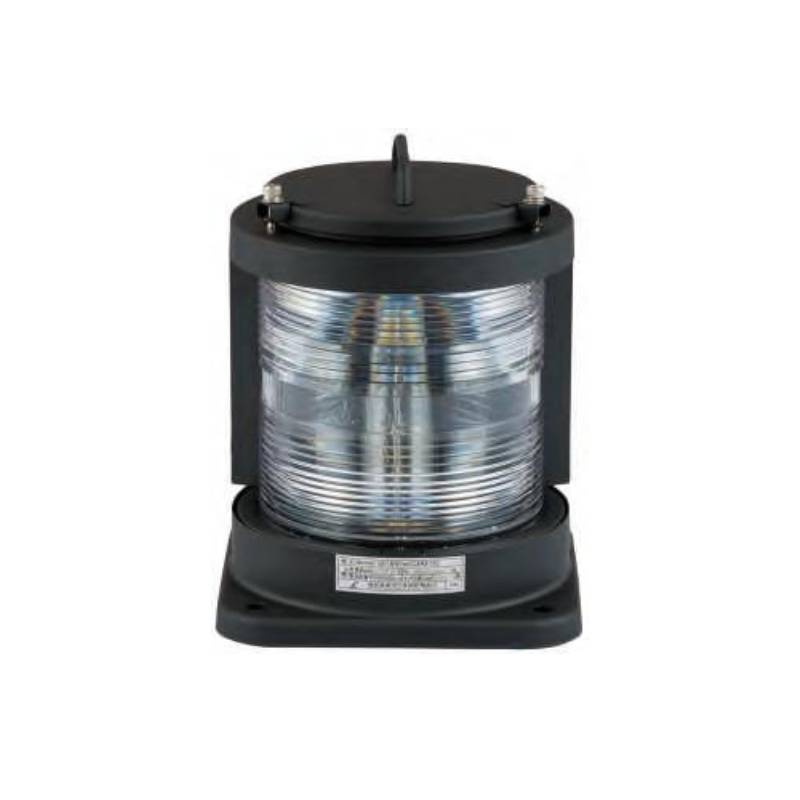Understanding SOLAS Regulations for Marine Navigation Lights
Table of Contents
Whether you are operating a cargo vessel, a fishing boat, or a luxury yacht, the proper use of marine navigation lights is not just a best practice—it is a legal requirement under the International Maritime Organization (IMO)’s SOLAS regulations. These rules define how ships should display lights to ensure visibility, prevent collisions, and safeguard lives at sea.
In this article, we will break down SOLAS regulations for navigation lights, explain why they matter, and help you ensure your vessel meets international safety standards.
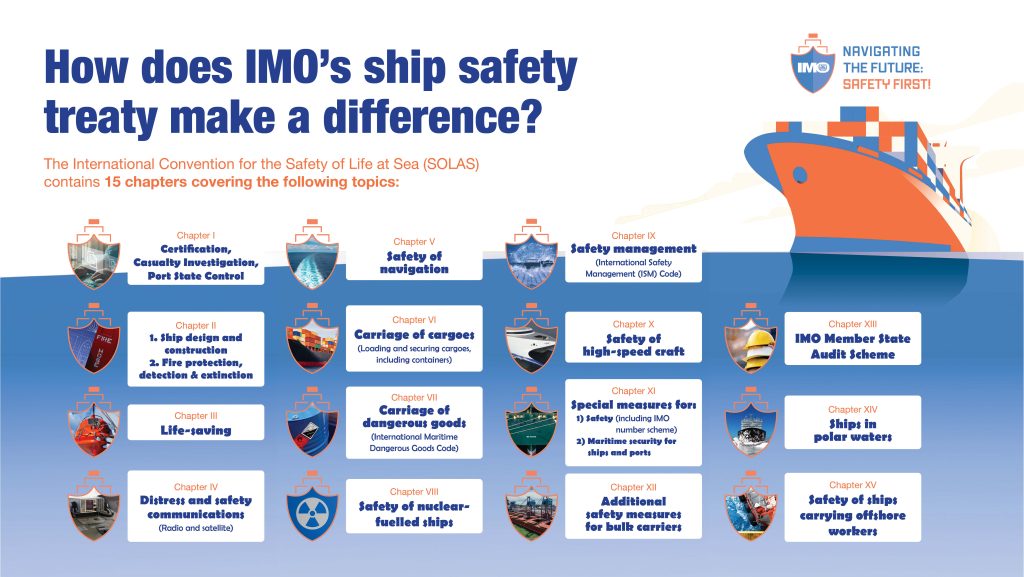
What Are SOLAS Regulations?
The International Convention for the Safety of Life at Sea (SOLAS), sponsored by the IMO, remains the single most important treaty in the field of maritime safety. Besides addressing fire safety and life saving equipment, SOLAS also has provisions on navigation lights.
The minimum standards under the SOLAS Convention on the marking, visibility, operational status, and range of lights on all ships are preemptory. The objective is straightforward—to make ships detectable by other vessels under all circumstances, both on clear summer nights and while sailing through blankets of fog in the high seas.
Key Requirements of the SOLAS Navigation Lights Regulation
SOLAS regulations ensures that marine navigation lights operate to the interim standards set by the International Maritime Organization (IMO), enabling vessels to be seen, noted, and considered compliant out at sea.
To comply the set SOLAS requirements for navigation lights, vessel owners, and operators must follow an SOLAS compliance checklist which includes the following technical and operational criteria:
Light Type
COLREGs define the basic light set and the sectors each must cover:
| Light Type | Color | Arc of Visibility | Typical Use |
| Masthead Light | White | 225° | Indicates vessel’s forward direction (fore-and-aft line) |
| Sidelight – Starboard | Green | 112.5° | Shows right-hand (starboard) side of vessel |
| Sidelight – Port | Red | 112.5° | Shows left-hand (port) side of vessel |
| Sternlight | White | 135° | Indicates vessel’s rear (stern) |
| Towing Light | Yellow | 135° | Used when vessel is towing |
| All-round Light | White / Other | 360° | Anchor, restricted maneuvering, or special operations |
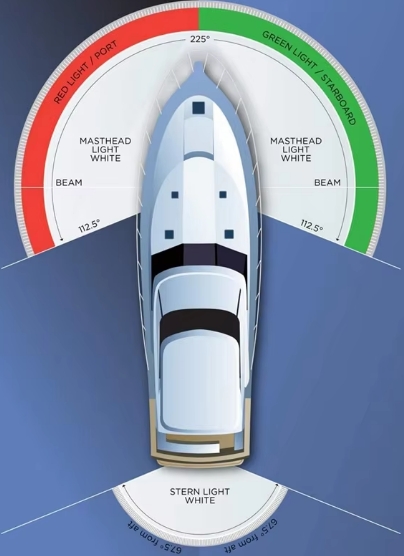
COLREGs Annex I also fixes the chromaticity (color limits), horizontal/vertical sectors, and beam intensity uniformity, so your lights show the right color and don’t “flicker” as the ship moves.
Minimum Visibility Ranges
Depending on the length of your vessel, your vessel’s navigation lights must meet the following minimum visibility requirements (COLREG Rule 22):
| Vessel Size | Masthead Light | Sidelights | Stern / Towing Light | All-round Light |
| Ships ≥ 50 m | 6 nm | 3 nm | 3 nm | 3 nm |
| Ships ≥ 12 m and < 50 m | 5 nm (3 nm if < 20 m) | 2 nm | 2 nm | 2 nm |
| Boats < 12 m | 2 nm | 1 nm | 2 nm | 2 nm |
Positioning & installation
To comply with solas regulations for navigation lights, you must install them so they actually meet the COLREG geometry:
- Vertical & horizontal placement: fit lights to meet Annex I separations and ensure the required arcs are unobstructed in all normal trim conditions.
- Sidelight screens & shielding: prevent spillover so each sector stays clean and compliant.
- No masking: all-round and other lights must not be obscured by masts or structures beyond tight tolerances.
Performance Standards
COLREG lights that are used at sea must work reliably, which your controllers and equipment must meet the performance standards of SOLAS regulations:
MSC.253(83) already tackles the illuminance measurement of the lights. It also includes the relevant controllers and their impair optics features, consequent aging of LEDs, and also associated alarms and monitoring functions.
For vessels above 50m, the NLC must warn the operator with the light status shown through logical and intuitive means on the console located at the bridge about lamp or power failure during operation of the masthead, sidelights and stern lights that are dual powered.
SOLAS Chapter II-1 describes emergency power enabled operation for navigation lights and navigation light controllers. They must be seamlessly usable in less-than-normal operational conditions.
MSC.253(83) has the requirement that COLREG lights have dual power LED and with service life monitoring, automatic LED power throttling during non-use times ensures specification standards of illuminance.
Operating Rules
Under SOLAS regulations, the operation of marine navigation lights is not optional—it is a legal safety requirement. The rules specify when, how, and under what conditions navigation lights must be displayed.
| Vessel / Situation | Required Marine Navigation Lights | Notes |
| General Operation Times | Lights on from sunset to sunrise; during restricted visibility; and during special operations regardless of time | Applies to all vessels |
| Power-Driven Vessels (Underway) | – Forward masthead light (white, 225°) on fore-and-aft centerline – ≥ 50 m: second masthead light abaft and higher – Sidelights (green to starboard, red to port) – Sternlight (white, 135°) | Second masthead light required only if vessel length ≥ 50 m |
| Towing Vessels | – Two masthead lights vertically (three if tow > 200 m) – Sidelights and sternlight – Towing light (yellow, 135°) above sternlight – By day: diamond shape if tow > 200 m | COLREG Rule 24 applies |
| Pushing Ahead / Alongside | – Lights as for power-driven vessel underway – Additional lights per COLREG Rule 24 | Used when pushing another vessel ahead or alongside |
| Sailing Vessels (Underway) | – Sidelights and sternlight – Optional: all-round red over all-round green in masthead – If motor-sailing: use power-driven vessel lights | Optional masthead lights indicate pure sailing status |
| Fishing Vessels (Non-trawling) | – All-round red over all-round white – If gear extends > 150 m: additional all-round white toward gear | Indicates fishing gear in the water |
| Fishing Vessels (Trawling) | – All-round green over all-round white – Masthead light(s), sidelights, sternlight when making way | Identifies vessel as trawling |
| Pilot Vessels | – All-round white over all-round red when on duty – Sidelights and sternlight when underway | Indicates vessel is engaged in pilotage duty |
| At Anchor (≥ 50 m) | – One all-round white light forward and one aft (aft light higher) | Day shape: black ball |
| At Anchor (< 50 m) | – One all-round white light only | Day shape: black ball |
| Aground | – Anchor lights plus two all-round red lights in vertical line | Day shape: three black balls |
Marking, Documentation, and Maintenance
Marking, Recordkeeping, and Maintenance
To comply with both SOLAS and COLREG regulations, the crew or responsible person on board should record and review the following information at all times:
- Light Marking: Each light should be marked with the manufacturer, type/category, serial number/certificate number, rated range (in nautical miles), and other data to allow crew and surveyors to quickly verify compliance.
- Spare Parts and Spares: Carry spare lights (or modules) consistent with your spare parts policy.
- Inspection and Maintenance: Install lights and controllers for easy inspection and replacement; record the lifespan of the light/LED and any faults/alarms.
Common Pitfalls to Avoid
In illumination, “brightness” as compliance indicates light must satisfy range-by-length, uniformity criteria, and cannot just be “bright” to the eye.
With regard to added antennas, or raised bulwarks, they can cause sector masking by new equipment, therefore, post-modification visibility checks are essential.
Retrofitting with LED sources without supervision can cause problems because the output decay can go unnoticed when below the COLREGs minimum requirements due to lack of triggered alarms or life-limiting mechanisms.
Why Marine Navigation Lights Are Critical for Safety
Marine navigation lights are more than legal requirements—they are a critical safety system designed to prevent collisions and ensure vessels operate safely in all conditions. Compliance with SOLAS regulations for navigation lights ensures that every vessel communicates its position, direction, and status effectively to others.
Clear Identification of Vessel Type and Activity
SOLAS sets certain lights for different vessel types, as well as for their operational scenarios. Power-driven vessels displaying a masthead light, sidelights, and a stern light are underway. This combination of lights allows other vessels to determine its course and direction.
Tugboats show an additional towing light and, when towing a long object during the day, use a diamond pattern for restricted maneuvering indication.
Finally, fishing vessels show a specific red/green all-round light for gear operation and trawlers add a masthead light and navigation lights when underway.
Seafarers following these rules are able to instantly determine a vessel’s status as underway, fishing, towing, at anchor, or maneuvering with restrictions. Instant recognition of these identifiers greatly helps avoid collisions, which is critical in congested traffic areas or in poor visibility.
Ensuring Correct Visibility Distances
SOLAS specifies minimum visibility ranges based on vessel length to ensure other ships can detect lights in time to take action:
Larger vessels have longer required visibility ranges, giving nearby vessels ample time to adjust course. For smaller boats, the ranges are shorter but still sufficient to signal presence under local conditions.
This prevents situations where a vessel might appear “bright” but is actually invisible at critical distances. Mariners must measure light intensity and uniformity, not rely on human perception, to comply with SOLAS standards.
Maintaining Unobstructed Light Arcs
Correct installation is essential. SOLAS rules require that navigation lights cover specific arcs without obstruction:
Adding new antennas, radar domes, or raised structures can block these arcs, creating blind sectors where other vessels cannot see the light.
Mariners must recheck light visibility after modifications to ensure the entire intended arc is clear.
Proper light arcs allow vessels to communicate their orientation and status across all relevant angles, preventing misinterpretation of their movement.
Reliability and Redundancy
SOLAS regulations also focus on the reliability of equipment on board ships:
Critical lights must be connected to emergency power to function even during electrical failure.
Ships ≥50 m must have duplicate lamps or monitored LED systems to prevent undetected output decay.
Monitored systems can alert the crew if light intensity drops below the COLREG minimum, ensuring continuous compliance.
These measures guarantee that marine navigation lights remain operational under all circumstances, maintaining a vessel’s visibility and communication with other ships.
Real-World Safety Impact
When a vessel meets all SOLAS regulations:
It can navigate safely at night or in restricted visibility because other vessels can correctly identify and interpret its lights.
It can predict the movements of nearby vessels, reducing the risk of collision.
It is recognized by authorities and port operators, thus avoiding penalties and promoting overall maritime safety.
In short, compliance with SOLAS navigation light regulations transforms simple lighting into a reliable, standardized communication system that protects lives, cargo, and vessels.
How Does Yushuo Achieve Compliance and Security
At Yushuo, we take pride in designing and manufacturing marine navigation lights that meet or exceed SOLAS regulations. Every step of our production process is guided by international maritime safety standards to ensure vessels operate safely and legally.
Engineered to Meet Regulatory Standards
Each navigation light we manufacture is designed to meet SOLAS requirements for illumination range, intensity, and color, tailored to the vessel’s size and type.
The arc of visibility is precisely calculated and tested to meet COLREG requirements, ensuring the light covers all necessary angles for correct vessel identification.
Larger models feature built-in redundancy, with dual lights or LED monitoring systems, ensuring full functionality even if a single unit fails.
Rigorous Material Selection and Durability Testing
Components are chosen to withstand saltwater corrosion, vibration, and extreme temperatures, ensuring consistent light output throughout the vessel’s operational life.
LED and traditional lamps undergo life-cycle testing to guarantee compliance over time, preventing intensity decay that could fall below COLREG minima.
Advanced Installation Design
Yushuo lights are designed for proper mounting positions to prevent sector masking caused by ship structures such as antennas or raised bulwarks.
Every product includes detailed installation guidance so mariners can ensure full visibility arcs, which is a key aspect of SOLAS regulations for navigation lights.
Integrated Monitoring and Maintenance Features
Many of Yushuo’s LED navigation lights include output monitoring and alarm features, alerting personnel when light levels fall below regulatory standards.
The lights are compatible with emergency power systems, ensuring normal operation even during a main power failure.
Easy maintenance reduces downtime and ensures continued compliance during inspections.
Yushuo’s solutions combine precise engineering, durable materials, and rational installation and monitoring systems to create marine lights that fully comply with SOLAS standards. This commitment ensures that ships can navigate safely, legally, and confidently in all marine environments.
Final Thoughts
The seas may be unpredictable, but safety doesn’t have to be. By understanding and applying SOLAS regulations for navigation lights, you not only comply with international law but also protect your crew, cargo, and vessel.
Invest in high-quality marine navigation lights, keep them maintained, and navigate with confidence—day or night, in any weather.
